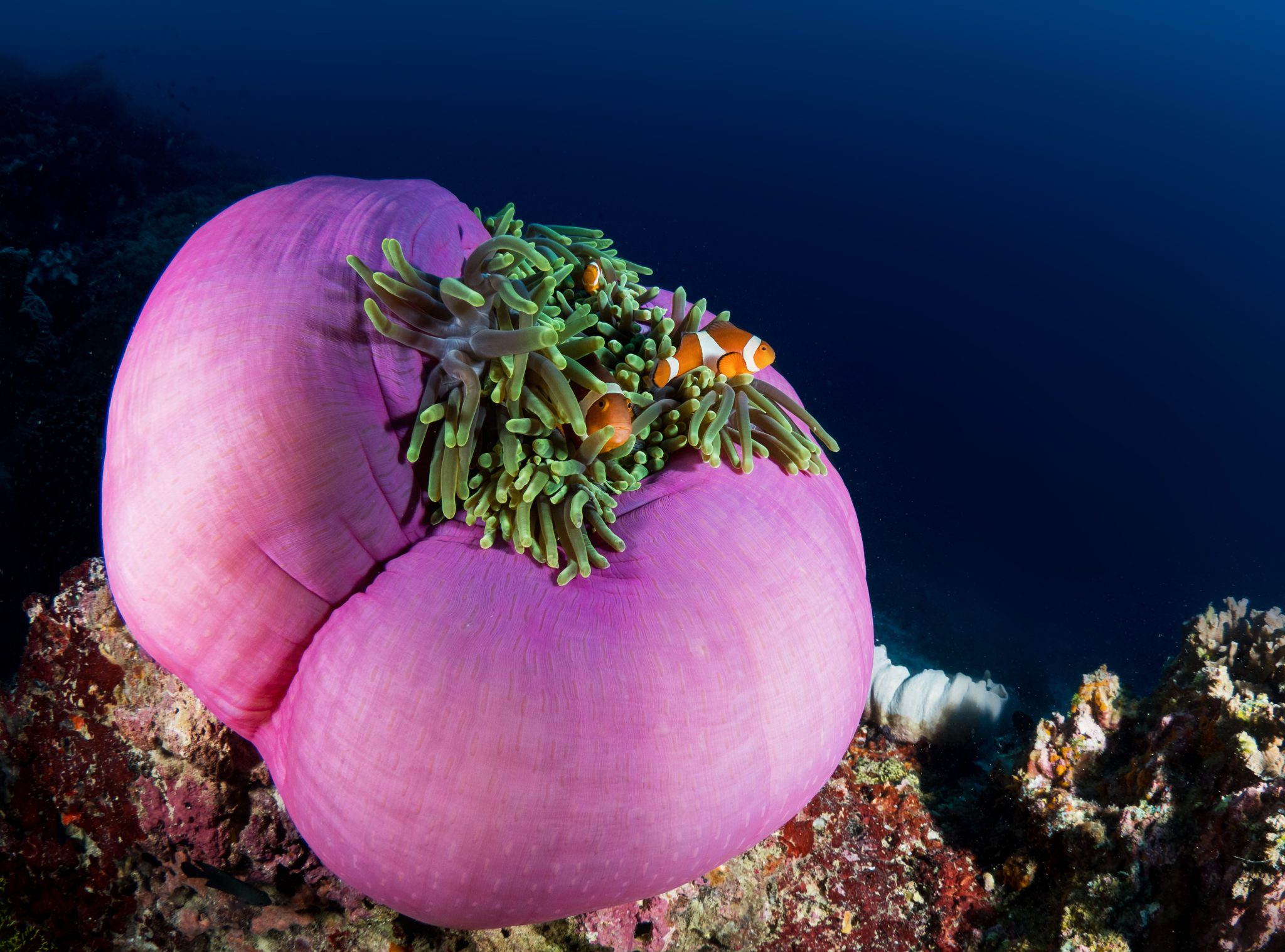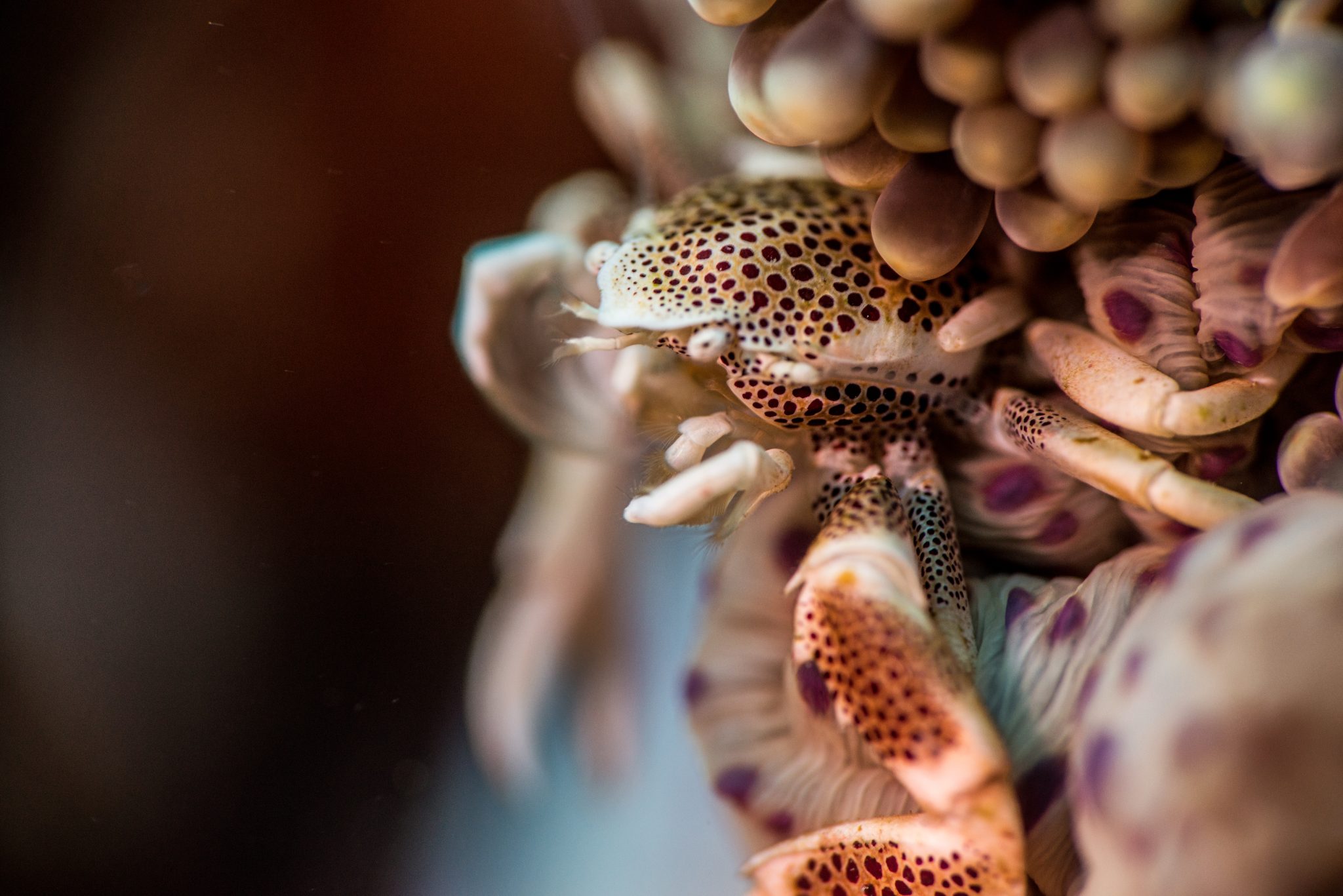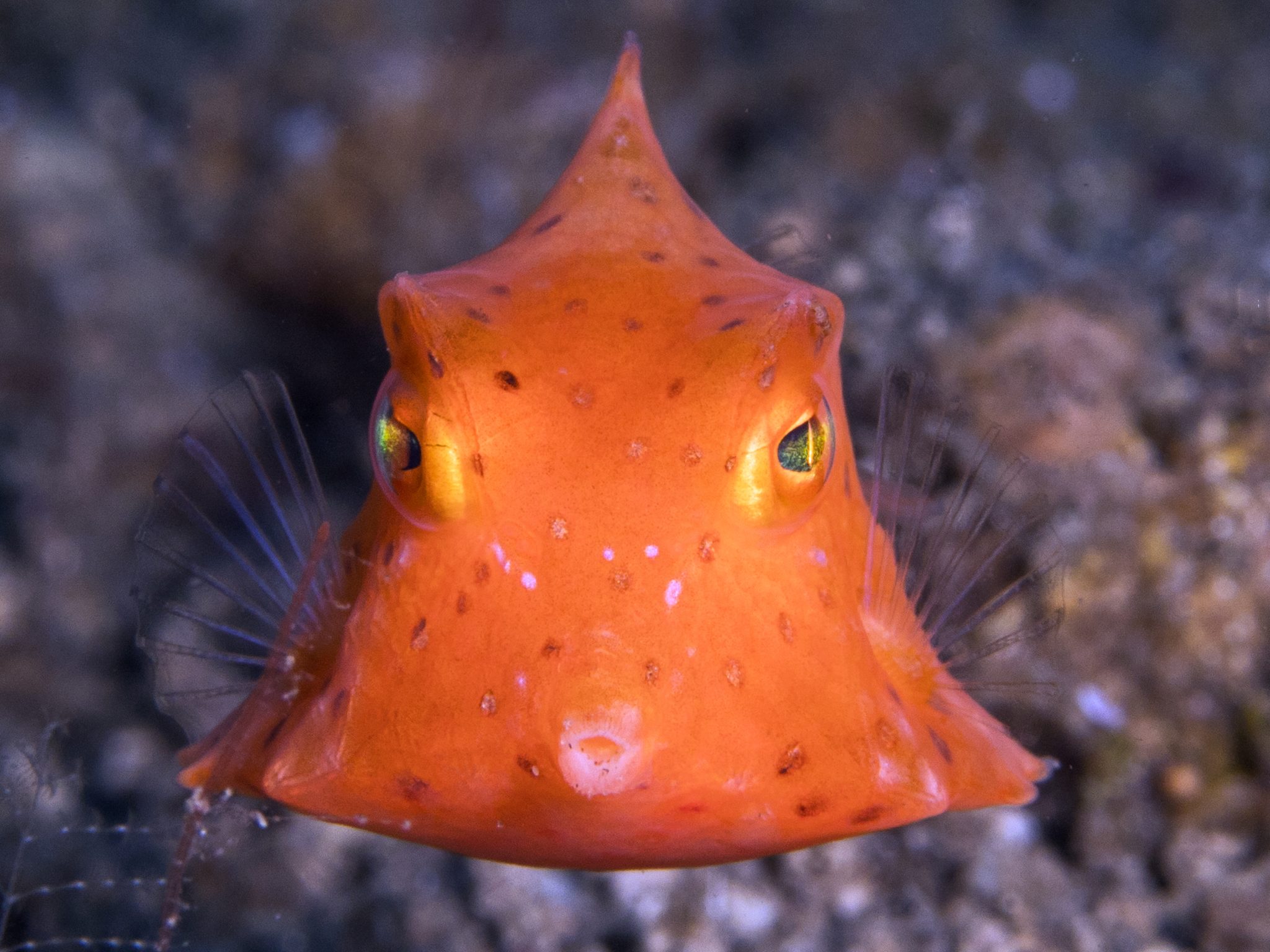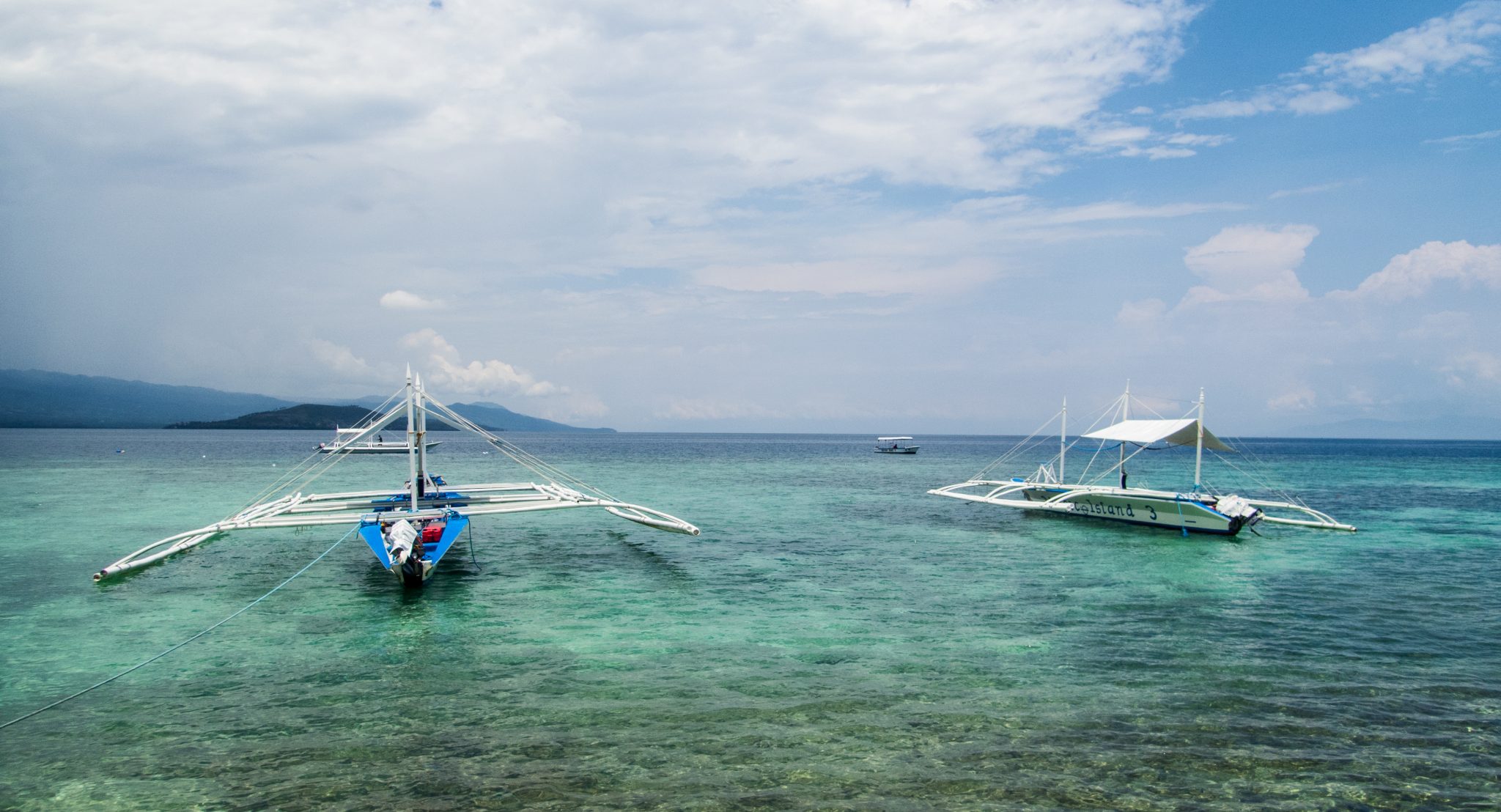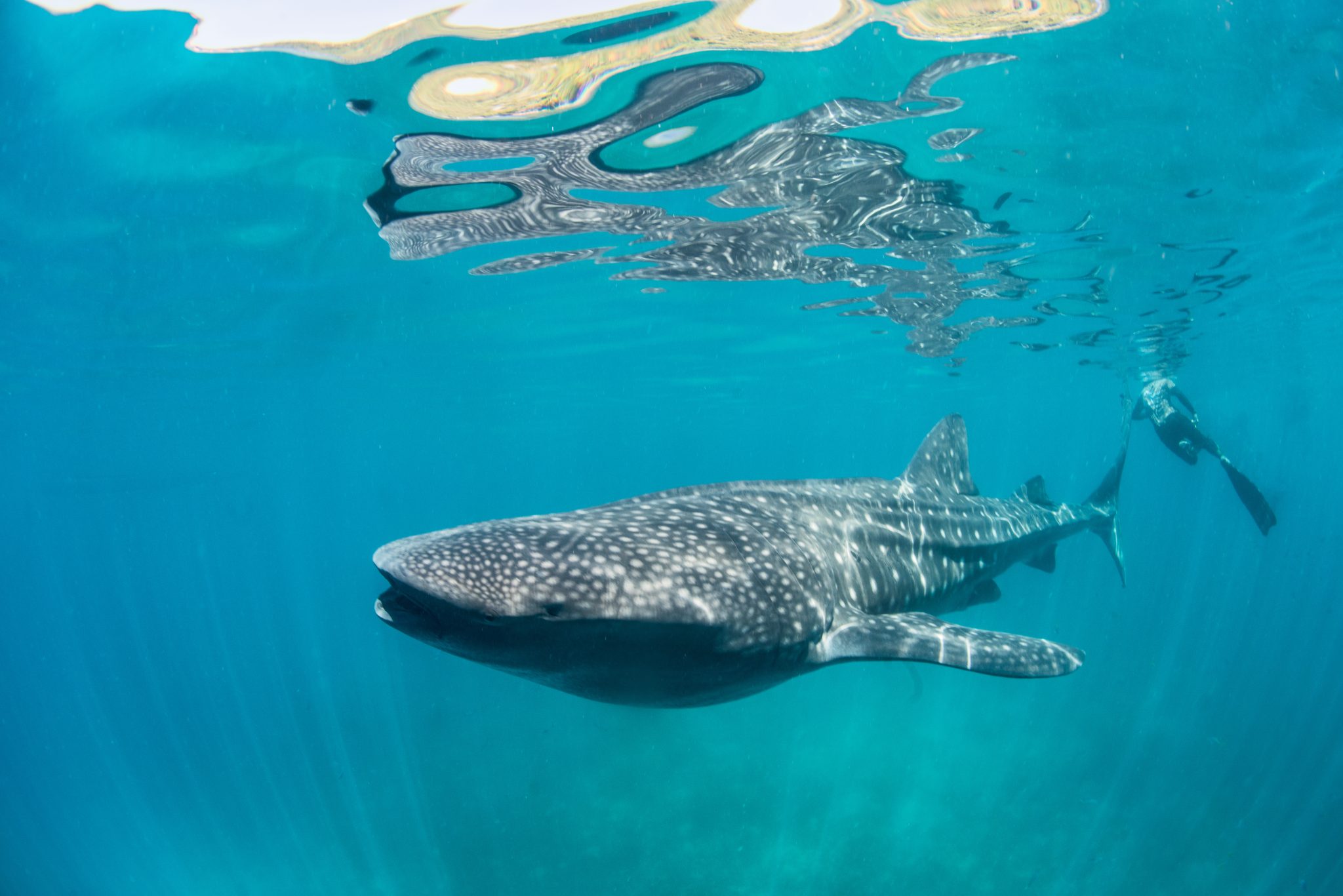Buceo Anilao Beach and Dive Resort is located on a small and quiet Peninsula, commonly called by the locals “Anilao”, 120km south of the Philippines capital, Manila. It is just a 2.5-hour drive from the Airport. No need for extra ferry rides or flights, transfers are possible 24/7. With over 50 dive sites, Anilao offers an amazing range of underwater Read more...
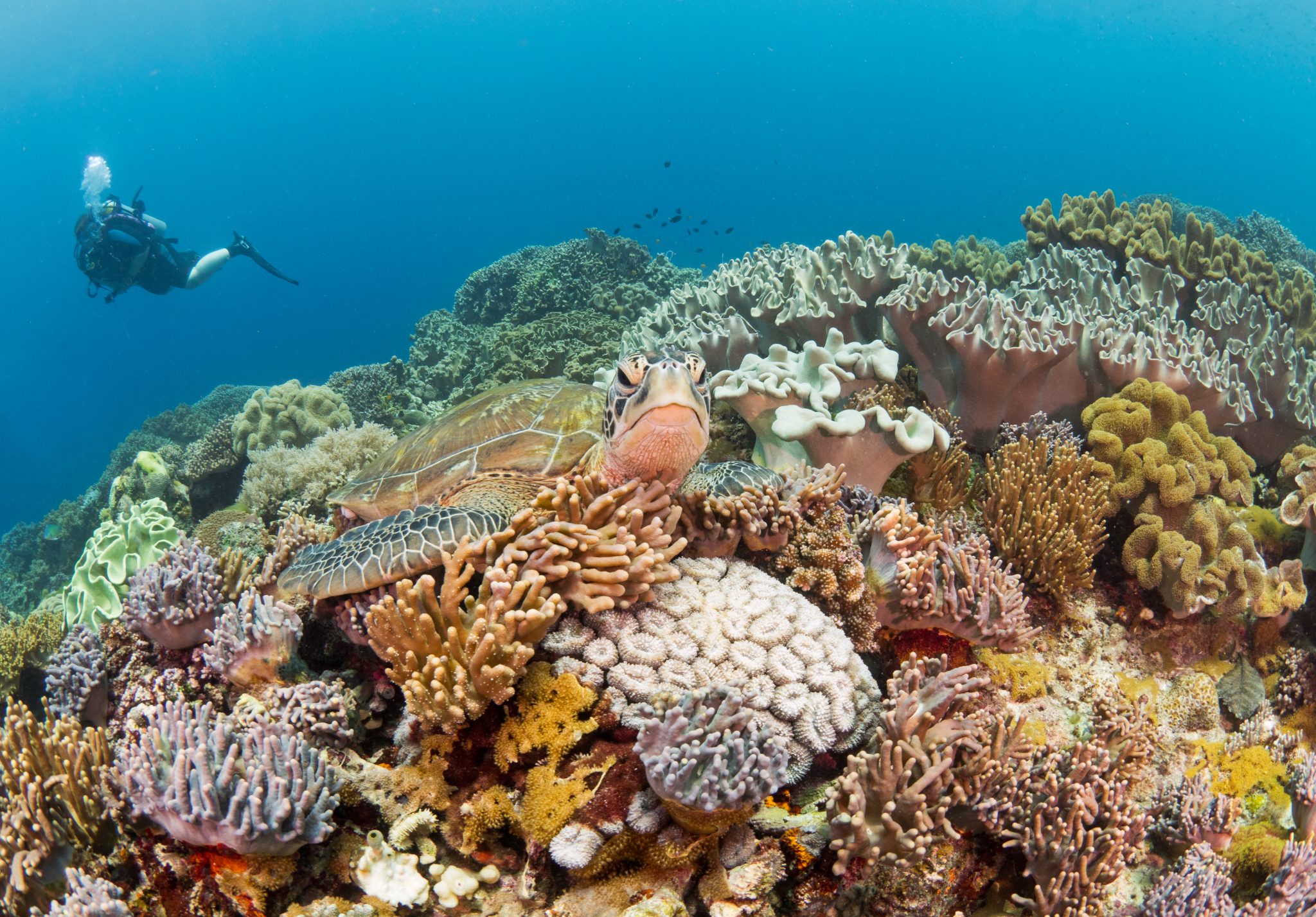

Overview
Fact File
| Capital | Manila |
| Population | 112,000,000
|
| Languages | Filipino, English |
| Time | GMT +8 |
| International Dialling Code | +63 |
| Money | Philippine peso (PHP)
|
| Air Temperature (average) | 24°C – 32°C
|
| Water Temperature (average) | 25°C – 31°C |
| Tourist Board | |
| International Airports | Ninoy Aquino International Airport, Manila (MNL). Mactan-Cebu (CEB), Clark (CRK), Kalibo (KLO), Fransicso Bangor (DVO), Puerto Princesa (PPS). |
About The Diving
As part of the Coral Triangle the waters surrounding the islands of the Philippines boast incredible marine life. Home to myriad colourful reefs, this is one of the best places to dive with sharks, including whale and thresher sharks. One can also find world class muck diving, WWII wrecks, gorgonian covered walls, current-swept pinnacles and much more to explore.
Dive Highlights
Anilao
Only a couple of hours drive from Manila, Anilao has some epic macro diving. With superb visibility and rich marine diversity it is a photographer’s playground. Sites like Secret Bay have muck diving to rival Indonesia and are well worth a night dive to spot the nocturnal specialists. If muck diving isn’t your thing there are also seamounts, pinnacles, wrecks and coral gardens to explore in the area.
Puerto Galera, Mindoro
Puerto Galera, easily accessed from Manila, offers crystal clear waters with abundant marine life with a variety of diving. Drift amongst the sponges and soft corals, past schools of fish and along walls, or choose to wreck dive, or pop in for a relaxed afternoon shore dive. This is the Philippines dive central and is a fun-filled area with some great value options.
Apo Reef, Mindoro
The second largest coral reef in the world is also a UNESCO site and is accessible via liveaboard November to May. Here you will find pristine reefs and a wide variety of pelagic life including reef sharks, hammerheads, thresher sharks and manta rays. One of the most challenging yet rewarding sites here is Apo 29.
Coron Bay, Palawan
Coron Bay briefly served as a harbour for the Japanese in WWII, and in 1944 an allied air attack sunk 11 ships including gun boats, cargo and supply vessels. One of the most accessible of these wrecks for all levels is the Okinawa Maru, an 160m tanker with the top of the superstructure starting at just 10m.
Tubbataha Reefs Natural Park UNESCO site
Only reachable by liveaboard between March to June, this incredible protected area is famous for large reef sharks but also boasts 600 species of fish, over 350 of coral, 11 of shark and 13 whale and dolphin species. Amos Rock is considered to be one of the best sites, covered in gorgonians.
Bicol
Bicol has been made famous for the opportunity to swim with the world’s largest fish, whale sharks. They are spotted here from November to May. The nearby Donsol in Ticao Island is also a great place to see manta rays.
Malapascua
Malapascua is best known for its thresher sharks at Monad Shoal, a seamount at 30m with several cleaning stations regularly visited by the thresher sharks at first light. Malapascua also has some excellent macro diving.
Moalboal, Cebu
Moalboal is known as the place to dive the sardine run, with vast schools of several million fish, against a backdrop of walls and canyons.
Bohol
This marine sanctuary protects a healthy reef and its visitors, including hammerheads and whale sharks at Balicasag Island. The coral gardens of Anda are also excellent for beginners with a host of life.
Siquijor Island
Multiple marine sanctuaries are found in the area, many of which are accessible from shore. The relaxed diving and colourful environs make for some great experiences. The 23 dive sites around the island are filled with healthy coral and macro life including giant frogfish and spanish dancers.
Dauin, Dumaguete
Dauin is special as it has world class muck diving next to fantastic reefs. The muck diving is exceptional, with six species of frogfish, blue ringed octopus, bobtail squid, seahorses and nudibranchs to name few examples of the amazing life here. Not only that but there are excellent reefs just a short boat ride away. Apo Island offers lush seascapes of hard and soft coral, and big fish encounters are the norm here. Drift divers may want to add the aptly named Washing Machine to their list for huge schools of fish, sea snakes, turtles and a wild ride.
Sogod Bay, Leyte
This remote marine park has some of the highest diversity of marine life, making it a hugely special diving location. From vibrant reef and deep canyons with huge black corals, the area is great for all levels of divers. Pelagic highlights include dolphins, sharks and manta rays.
When To Go
Diveable all year-round, the most popular time is in the dry season December to April, though as a large and varied country it does depend on where you want to go. Whale shark season is November to May. More sheltered sites around Manila often have good weather and conditions October through June, whereas offshore areas have much more restricted dive seasons. Tubbataha is only accessible during mid-March to early June.

